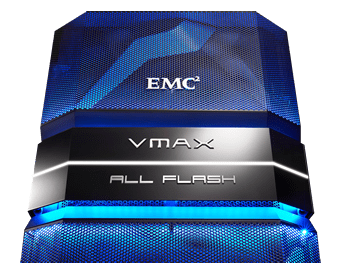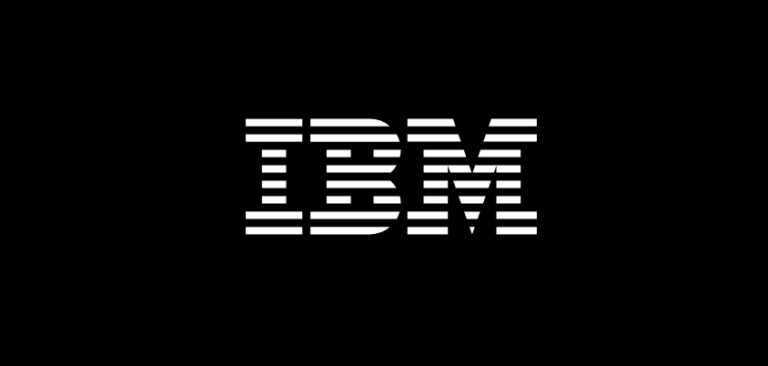Storage controllers, SANs and even file systems are all under threat from Kinetic, an extraordinarily disruptive storage architecture.
The Kinetic storage platform, which is gaining supporters rapidly, uses Ethernet-enabled, key-value store disk drives, providing direct connectivity between applications and object storage. The underlying technology was developed by California-based disk maker Seagate, but the company has now turned its efforts into an open source collaborative project called the Kinetic Open Storage Project (KOSP), run under the auspices of the Linux Foundation.
So far thirteen storage-related companies have joined the project: drive makers Toshiba and Western Digital, as well as storage vendors Scality, NetApp, Red Hat, Cleversafe, Huawei, Dell, Open vStorage, SwiftStack, Digital Sense and Cisco.
Given that Seagate has been developing its Kinetic technology for some time, an obvious question to ask is why it has decided to open source the platform and allow competitors in the hard drive space — like Toshiba and Western Digital — to get involved.
“The reality of our business is that nothing happens with a single company,” explains David Burks, Seagate’s director of product management for the Kinetic platform. “If Kinetic drives are unique to us and no one could duplicate them then the platform would fail,” he says. “Instead of the platform we say that our IP is inside the drive, making it perform well and be reliable.”
KOSP will develop an open source standard including the interface and drive command set for accessing and using Kinetic drives. To start the project off Seagate has contributed its existing Kinetic APIs, libraries, tools and utilities such as a simulator.
The idea behind Kinetic is that applications talk to storage drives over Ethernet, and this communication can be routed over switches. That means compute and storage are decoupled. “When you do that, you don’t need storage management software and storage servers, or a file system,” says Burks. “The benefit is you eliminate the storage servers that break data down into blocks and write it, which means less cost and less power consumption.”
There are a couple of challenges to be overcome when implementing a Kinetic object storage platform, though. One is that Kinetic drives — with their Ethernet connectivity — are more expensive than normal drives. “We have had to put additional bridge chips on the drives, which increases the costs by some amount,” Burks concedes. “But longer term we anticipate integrating these into the drives’ chipset so that they are no more expensive.”
Another challenge is that Kinetic object storage still needs to be managed by a storage management application, so existing ones need to be made “Kinetic-aware.” That’s a job that Burks estimates requires about two man-months of programming effort.
The good news for the project is that some software is already Kinetic-aware: OpenStack’s Swift object storage software works with Kinetic today. And SwiftStack’s Controller object storage software (which is based on OpenStack Swift) should be ready around October or November of this year, along with Scality’s Ring object storage software.
Early next year it should be possible to build a Kinetic system based on OpenvStorage’s open-source VM storage router (which is similar in concept to VMware’s Virtual SAN product but can use many different types of storage rather than just locally attached disks.) Exablox is also working on its scale-out NAS software to bring support for Kinetic soon, Burks says.
Kinetic will initially be targeted at hyperscale operations like Google, Facebook and Twitter, which use object storage because it is scalable and affordable, Burks says. Later the focus will move to enterprise storage markets too.






